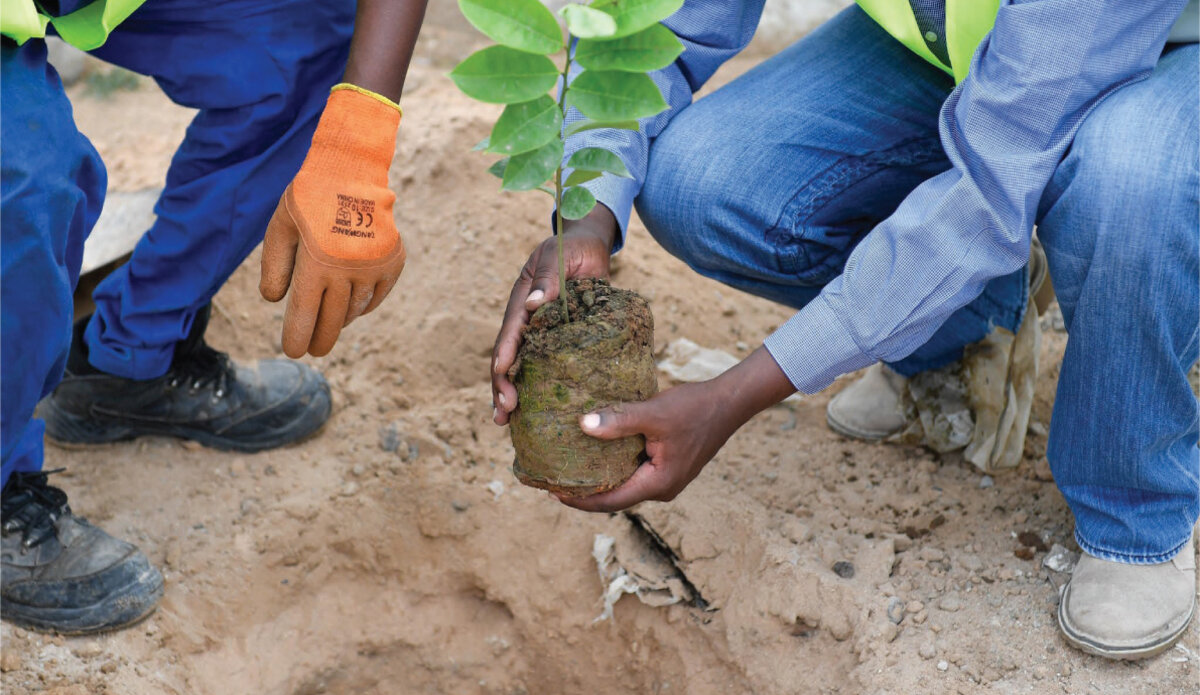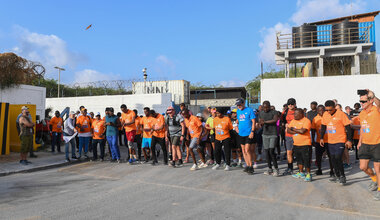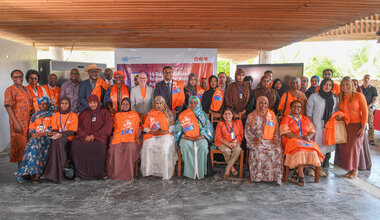Reforesting Somalia
Before the rainy season, UNSOS used aerial reforestation, to drop 60,000 tree seedballs over 14 square kilometres in Somalia’s South West State. Thought to be the first operation of its kind in peacekeeping, the greening mission started in February, 2021.
A seedball is charcoal mixed with a nutritious binder and once dropped can stay dormant for up to 20 years until rains start the germination process. Approximately 12 per cent of these seedballs will make it to maturity. In as little as two years, a forest of 6,000 Acacia trees could emerge, capturing 237,600 kilograms of carbon dioxide per year. It also promotes secondary growth.
The success of this project represents the teamwork of many and was done in close coordination with the Government of Somalia and communities.
This effort also has a humanitarian impact as deforestation intensifies flooding and soil erosion, which, in turn, contributes to the accelerated degradation of land and loss of livelihoods for many Somalis. The UN is committed to reducing its carbon footprint by a 45 per cent by 2030.
The reforestation is as result of a meeting in 2019 between the Somali President and the Under-Secretary-General for Operational Support, where commitments were made on both sides to take on reforestation as Somalia’s forest coverage has dropped by 83 per cent since the 1980s.
Under the name Operation Green Field, this technology is supplementing efforts to start tree nurseries within UN compounds around the country. The next areas identified for reforestation will be agreed upon in consultation with the Somali government in the coming weeks.
 UN
UN





